SOURCE: RAUNAK KUNDE / NEWS BEAT / IDRW.ORG
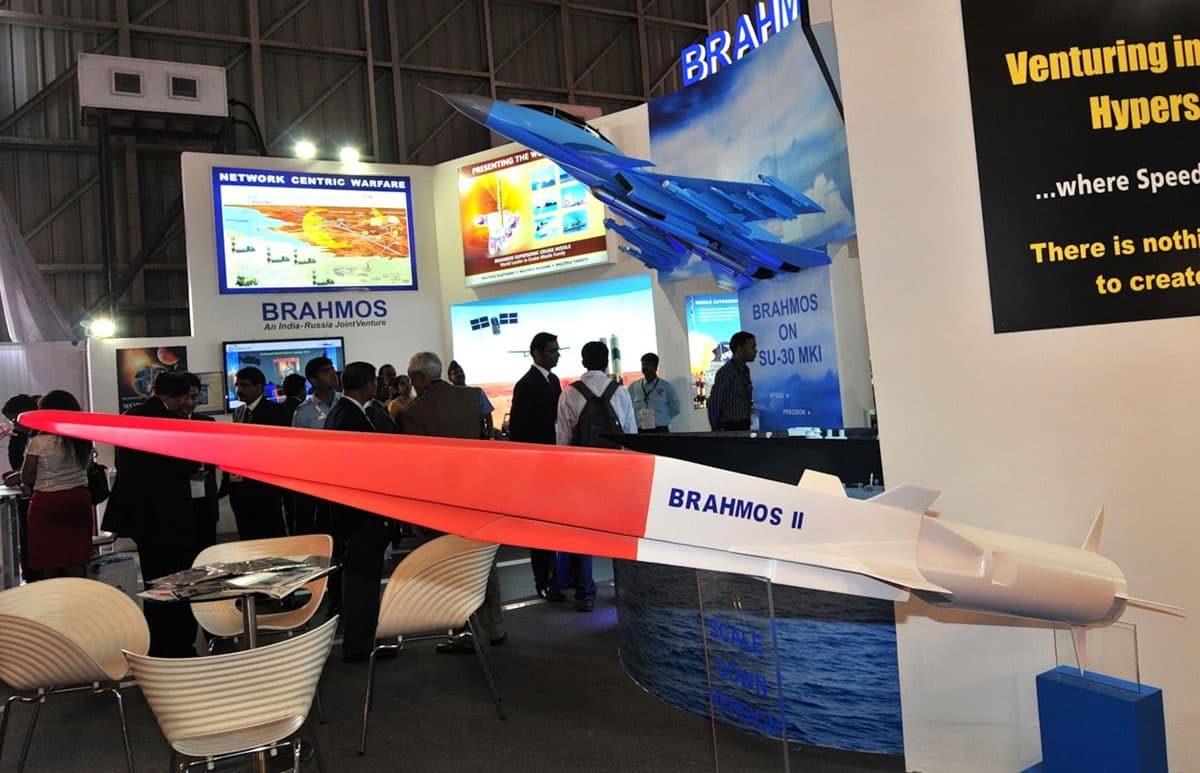

The hypersonic future of the BrahMos cruise missile system faces a hurdle as India’s BrahMos Corporation and Russia grapple with technical and financial hurdles in developing the BrahMos-2 variant. Talks between India and Russia on BrahMos-2 appear to have stalled. Russia’s hesitance to fully commit to the project is a primary concern. Discussions have reportedly hit roadblocks on several issues, jeopardizing the hypersonic ambitions of the BrahMos program.
The BrahMos-2 was originally envisioned as a hypersonic adaptation of the Russian Zircon cruise missile. However, to address potential export control concerns, the BrahMos-2’s speed was reportedly capped at Mach 6, compared to Zircon’s Mach 8 capability.
Continue readingSOURCE: RAUNAK KUNDE / NEWS BEAT / IDRW.ORG
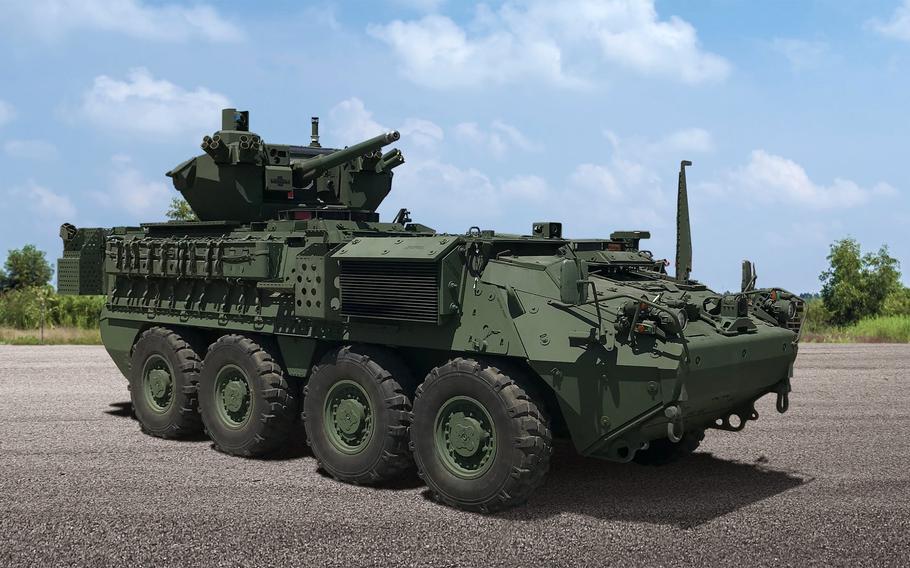

India is poised to embark on a significant defence collaboration with a steep price tag, as it prepares for the joint production of Stryker armoured vehicles under the ‘Make in India’ initiative. According to sources from the Indian Defence Research Wing (idrw), the initial estimated cost of this ambitious project is projected to exceed $1.5 billion, with each unit priced at a substantial $5 million markup.
A key component of this deal is the transfer of technology (ToT), which will facilitate the local production and assembly of the Stryker Armoured vehicles. This ToT arrangement will include the transfer of technical documentation necessary for the medium-term production of spare parts and the assembly of vehicles from the hull stage.
Continue readingSOURCE: RAUNAK KUNDE / NEWS BEAT / IDRW.ORG
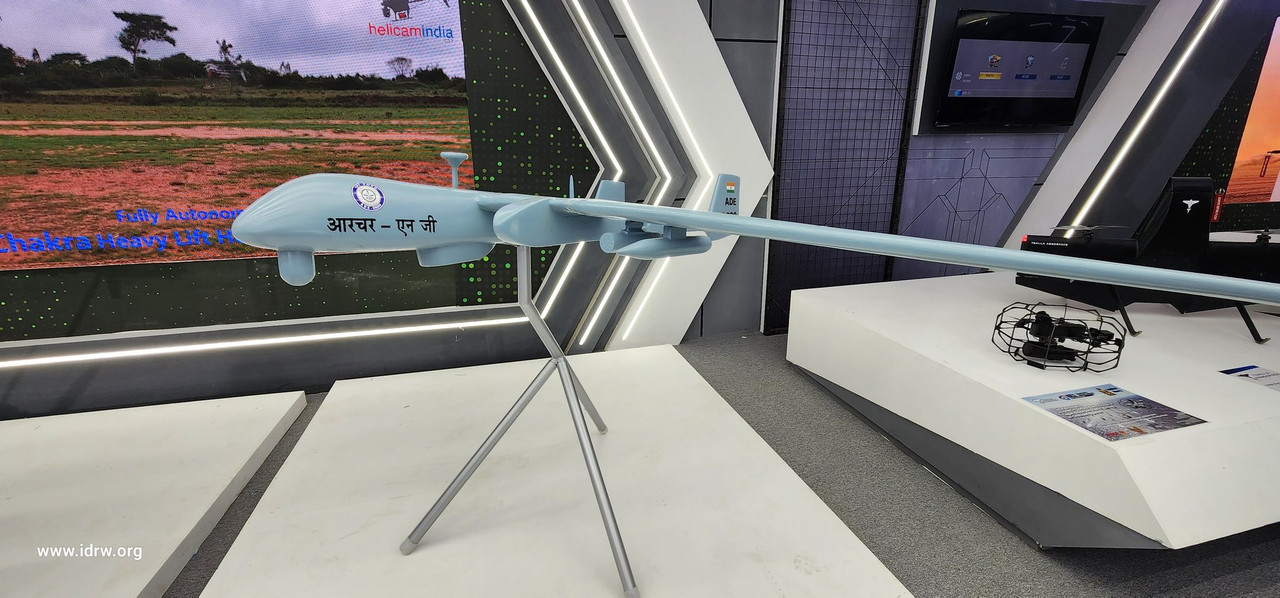

The development of India’s highly anticipated Archer-NG Medium Altitude Long Endurance (MALE) Unmanned Aerial Vehicle (UAV) has encountered a setback due to funding constraints. This news comes nearly a year after the Aeronautical Development Establishment (ADE) showcased the Archer-NG in late 2022.
The Archer-NG envisioned as an armed drone with a 300 kg payload capacity for weapons like smart anti-airfield munitions and anti-tank guided missiles, offered significant advancements. Its design, featuring a Single Engine Twin Boom configuration, differed from the Tapas UAV but employed similar equipment.
Continue readingSOURCE: RAUNAK KUNDE / NEWS BEAT / IDRW.ORG


Last month, Noida-based EndureAir Systems conducted a demanding month-long series of high-altitude tests for our Sabal 20 UAV. Team, led by Mohit Kaushik, a UAV test pilot and systems engineer, ventured to Karu-Leh (3500m AMSL) and Chang La (5360m AMSL) to push the Sabal 20 to its limits.
The tests subjected the Sabal 20 to a rigorous gauntlet of conditions. From extreme temperature fluctuations and varying airspeeds to significant air density changes and diverse load capacities, we gathered a wealth of data that will be crucial for further product refinement.
Continue readingSOURCE: RAUNAK KUNDE / NEWS BEAT / IDRW.ORG


India’s Defence Research and Development Organisation (DRDO) has taken a significant step towards developing a next-generation Unmanned Combat Aerial Vehicle (UCAV) with the successful testing of its SWIFT TD (Stealth Wing Flying Testbed) demonstrator.
This 1-ton flying wing demonstrator serves as a critical test bed for validating the design principles of a much larger, 13-ton UCAV currently under development. This future UCAV envisioned as a potent stealthy strike aircraft, represents a major leap forward in India’s unmanned aerial combat capabilities.
Continue readingSOURCE: RAUNAK KUNDE / NEWS BEAT / IDRW.ORG


The Indian Air Force (IAF) is mulling an offer from Greece to acquire 18 Mirage-2000-5 fighter jets. While the operational life of these jets might be limited, they could serve as a valuable source of spare parts for the IAF’s existing Mirage-2000 fleet.
Greece has offered these jets at an undisclosed price, likely reflecting their limited remaining service life. IAF officials will likely assess the condition of the aircraft in Greece to determine their suitability primarily as a source of spare parts.
Continue readingSOURCE: RAUNAK KUNDE / NEWS BEAT / IDRW.ORG
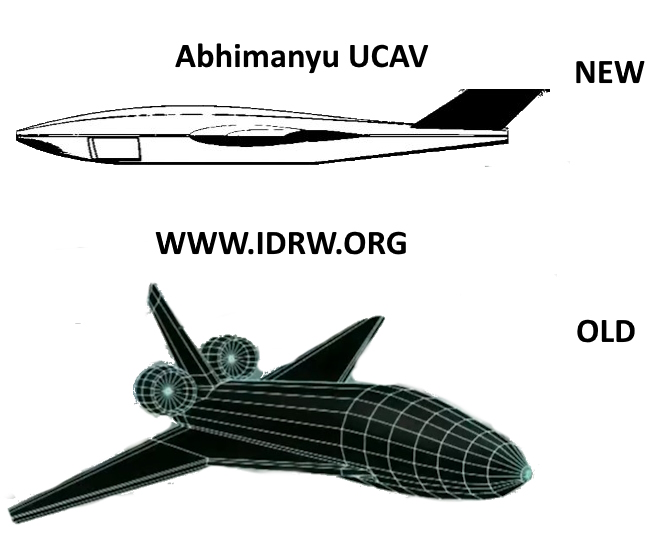

NewSpace Research (NSRT), a rising star in the Indian drone industry based out of Bengaluru, has recently unveiled a modernized design for its highly anticipated Abhimanyu UCAV (Unmanned Combat Aerial Vehicle), drawing inspiration from the legendary warrior known for his bravery.
The most striking update lies in the engine configuration. Gone are the external podded engines featured in previous iterations. The new Abhimanyu boasts a sleek and streamlined design with internally mounted engines housed within strategically placed trapezoidal side intakes. This shift promises enhanced performance and potentially improved stealth capabilities.
Continue readingSOURCE: RAUNAK KUNDE / NEWS BEAT / IDRW.ORG


Greece has proposed a collaborative approach with India for negotiating the purchase of additional Rafale fighter jets from French aircraft manufacturer Dassault Aviation. This strategy leverages the combined buying power of both nations to potentially secure a more favourable deal.
Greece argues that a united front of two or more countries at the negotiating table would strengthen their bargaining position and potentially lead to a better price per jet. This bulk purchase approach is a common tactic used by nations to obtain discounts on expensive military equipment.
Continue readingSOURCE: RAUNAK KUNDE / NEWS BEAT / IDRW.ORG
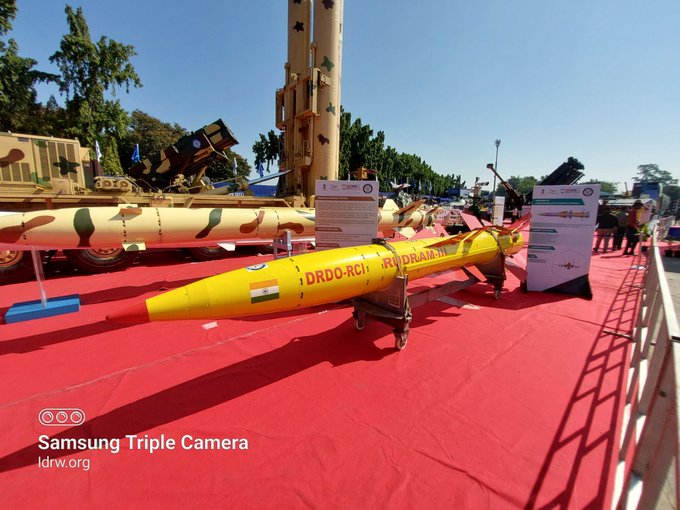

Ameya Precision Engineers has been awarded a contract to supply Empty PCB Warhead Assemblies for the Defence Research and Development Organisation (DRDO)’s advanced Rudram III missile. The delivery is expected to take place before the end of this year, marking a significant milestone in India’s indigenous missile development program.
Rudram III is an air-to-surface missile with a remarkable range of 550 kilometres and a peak terminal speed of Mach 5. Designed to neutralize heavily fortified military installations, this missile can engage a variety of targets, including radiating targets and ground-based infrastructure such as bunkers, buildings, and shelters.
Continue readingSOURCE: RAUNAK KUNDE / NEWS BEAT / IDRW.ORG
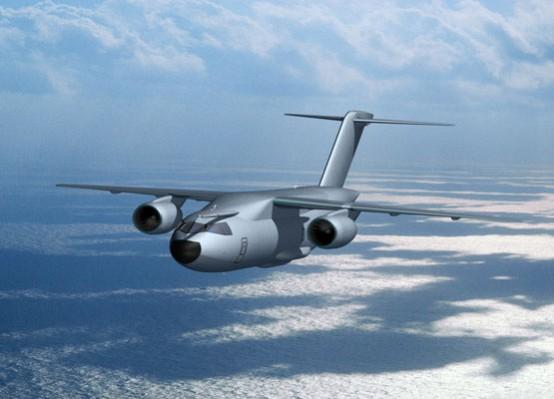

In a development first reported by idrw.org, India’s state-owned Hindustan Aeronautics Limited (HAL) is making a strong case for the indigenous development of Medium Transport Aircraft (MTA). This comes amidst interest from established players like Lockheed Martin, Embraer, and Airbus who have submitted bids to the Indian Air Force (IAF) for the project.
An anonymous HAL official, citing authorization limitations, revealed to idrw.org that the company is awaiting the IAF’s decision on the desired cargo-carrying capacity for the MTA. Upon receiving this information, HAL’s Kanpur division is prepared to conduct feasibility studies for the local development of an MTA-class aircraft.
Continue readingSOURCE: RAUNAK KUNDE / NEWS BEAT / IDRW.ORG
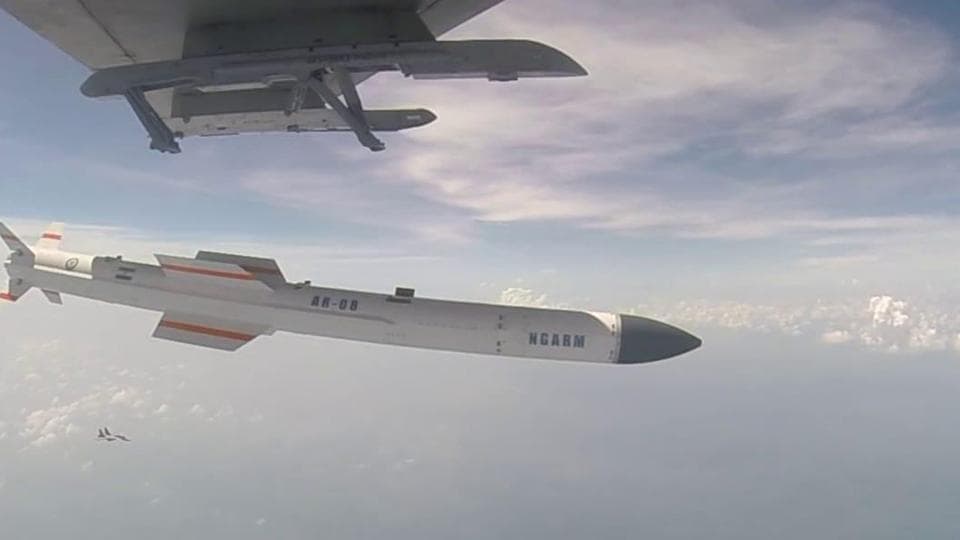

The Indian Air Force (IAF) is setting its sights on a potent one-two punch for its fighter jet arsenal. Following the successful integration of the Astra MkI Beyond-Visual-Range Air-to-Air Missile (BVRAAM), the IAF is now exploring the integration of the Rudram-1 missile onto two of its key fighter platforms: the Rafale and the Tejas Mk1A.
The Rudram-1, also known as the New Generation Anti-Radiation Missile (NGARM), is an indigenous air-to-surface missile designed in collaboration with Dassault Aviation. This missile excels at neutralizing enemy air defence systems, including surveillance and tracking radars, as well as communication networks.
Continue readingSOURCE: RAUNAK KUNDE / NEWS BEAT / IDRW.ORG


Indian drone manufacturer Kadet Defence Systems (KDS) has made significant strides in the realm of aerial targets with its latest innovation, the Anudishya jet-powered aerial target. This cutting-edge platform is poised to revolutionize high-speed interception and precision strike capabilities, with performance metrics that set a new standard in the industry.
The Anudishya aerial target is designed to perform high-speed interceptions and precision strikes at distances exceeding 300 kilometres. Its ability to cover vast distances with pinpoint accuracy makes it an invaluable asset for both offensive and defensive military operations. The integration of a jet engine enables the Anudishya to reach speeds over 500 kilometres per hour, significantly enhancing its responsiveness and effectiveness in complex operational scenarios.
Continue readingSOURCE: RAUNAK KUNDE / NEWS BEAT / IDRW.ORG
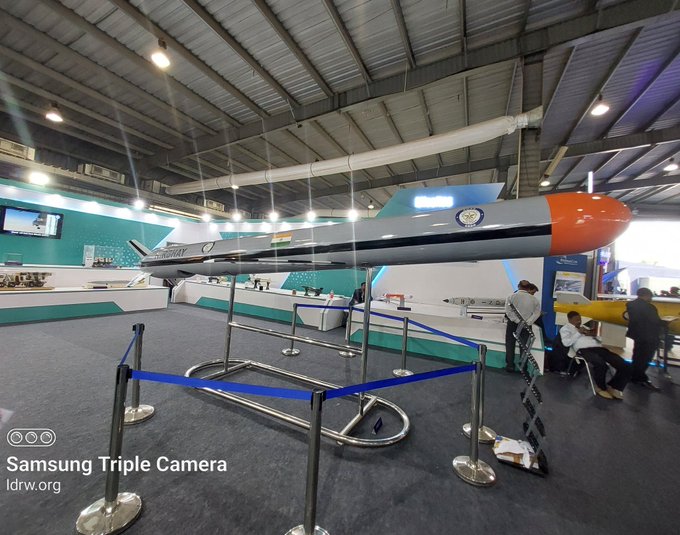

The Defence Research and Development Organisation’s (DRDO) Advanced Defence Establishment (ADE) is on a roll. Following the successful development of the land-based Long Range Land Attack Cruise Missile (LRLACM) and its predecessor, the ITCM, ADE is now setting its sights on a naval variant.
The next chapter in the LRLACM story is the development of a ship-launched version. This sea-based missile will be integrated with a frontline warship to undergo further developmental trials. Fortunately, DRDO has already developed the Universal Vertical Launch Module (UVLM) cells required for the LRLACM program, paving the way for seamless integration.
Continue readingSOURCE: RAUNAK KUNDE / NEWS BEAT / IDRW.ORG
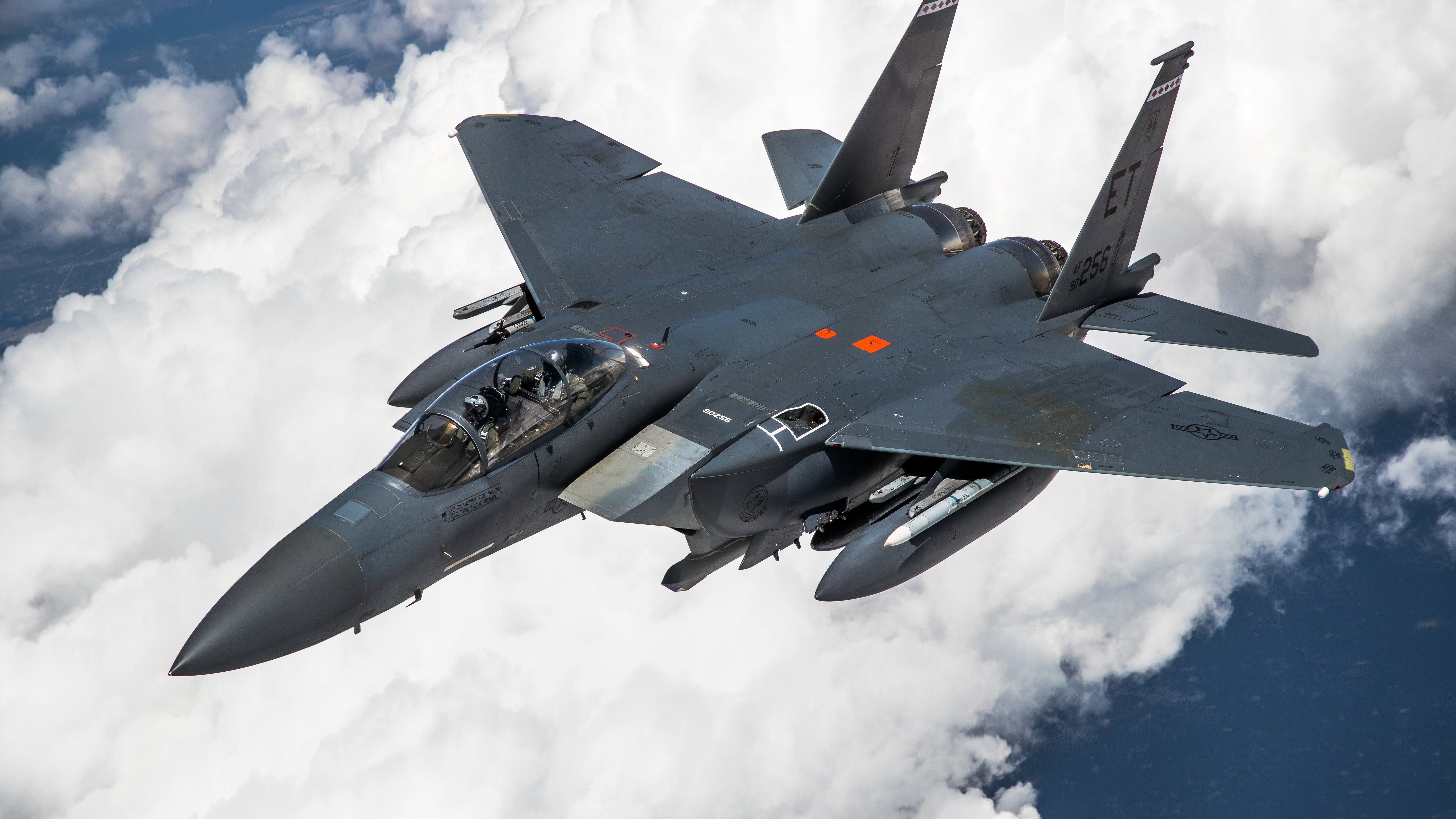

In its ambitious bid to modernize and expand its aerial combat capabilities, the Indian Air Force (IAF) is set to acquire 114 multi-role combat aircraft (MRCA) from the global market. Among the contenders, The Boeing Company’s F-15EX Eagle-II stands out as a highly capable and advanced option. This aircraft offers cutting-edge technology and exceptional performance metrics, making it a strong candidate for the IAF’s MRCA program.
Boeing’s confidence in the F-15EX making the final cut stems from significant improvements and its impressive capabilities compared to previous offerings. During the last MRCA selection process, Boeing had proposed the F-18 E/F fighter jets, which did not progress past the technical evaluation rounds. However, with the F-15EX, Boeing is optimistic about a different outcome.
Continue readingSOURCE: RAUNAK KUNDE / NEWS BEAT / IDRW.ORG


Russia has potentially revived its bid for India’s Light Utility Helicopter (LUH) program with a modified proposal. This comes after negotiations for the Ka-226T helicopter stalled due to engine localization issues.
Russia’s recent successful test of the VK-650V turboshaft engine prototype might be a game-changer. This indigenously developed 650-750 horsepower engine is designed to replace engines like the French Safran sourced powerplant that previously hindered the Ka-226T’s localization efforts in India.
Continue reading